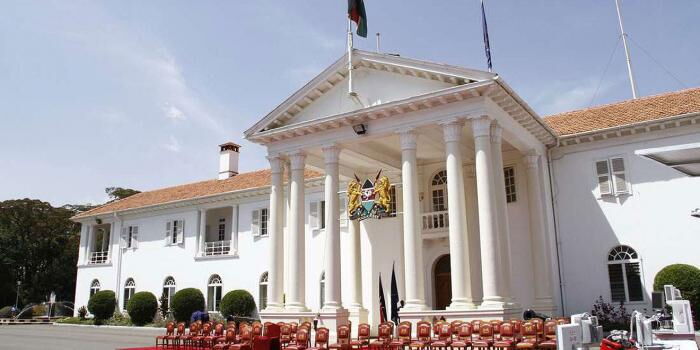The government has refuted claims it plans to relocate the capital from Nairobi to Nakuru. A move that could prove costly for the government but holds the potential to spark accelerated growth in the Rift Valley region.
The claims emerged from a purported Executive Order signed by President William Ruto this month. The Orders are said to have been signed on Friday, December 13.
A screenshot of the orders shared on X read in part, “Now, therefore, I, William Samoei Ruto, President of the Republic of Kenya and Commander-in-Chief of the Defence Forces, by the authority vested in me by the Constitution and Statute Laws of Kenya, hereby order and direct:”
“That the Capital City and Headquarters of the Government of Kenya shall be relocated from Nairobi City County to Nakuru County as set out in this Executive Order.”
President Ruto signs into law the National Rating Bill (National Assembly Bill No. 55 of 2022), December 4, 2024.
Photo
National Assembly
However, Kenyans.co.ke has established that the Head of State has not issued any such orders. According to various sources reached by Kenyans.co.ke, President Ruto, who is in Mombasa today, has not issued or signed any Executive Orders to this end.
The Orders shared online bear the signature of President Ruto and have the Court of Arms, an emblem in government documents. However, they do not have the presidential seal, which is part of Executive Orders issued by the Head of State.
According to the Orders in the fake, the move was to enhance efficiency, transparency, and accountability at all levels of government.
“Conscious that a review and re-organisation of government is necessary to embed operational enhancements and functional changes that shall make Ministries, State Departments, State Agencies, and Kenya’s Foreign Service optimise performance and enhance service delivery as set out in the Administration’s Plan—the Bottom Up Economic Transformation Agenda (BETA),” reads the Orders in part.
Nairobi became the capital during the British colonial period in 1905 when it was chosen for its strategic location and favourable climate. This decision was later formalised under the Kenya Independence Constitution of 1963.
To move the government from Nairobi to Nakuru would require substantial infrastructure development to support the transition. Nakuru, while strategically located, would need extensive investment in government buildings, office spaces, and residential areas to accommodate the thousands of government workers who would need to relocate.
Additionally, the transport network would need to be upgraded, including roads, railways, and air transport links, to ensure smooth access to the new capital. Essential utilities, including electricity, water, and telecommunications, would also need to be expanded and modernised to cater to the increased demand.
The move would also demand amendments to the Constitution, as Nairobi is currently designated as the capital city under Article 6(1). This would likely trigger lengthy legal and parliamentary processes, including public consultations and debates.
Such a shift could also require realignment of the governance structure, with ministries, departments, and agencies adjusting to new locations.
The Orders shared X caused chaos, with some Kenyans and others objecting to such a move.
Members of the National Assembly during a recent parliamentary session.


